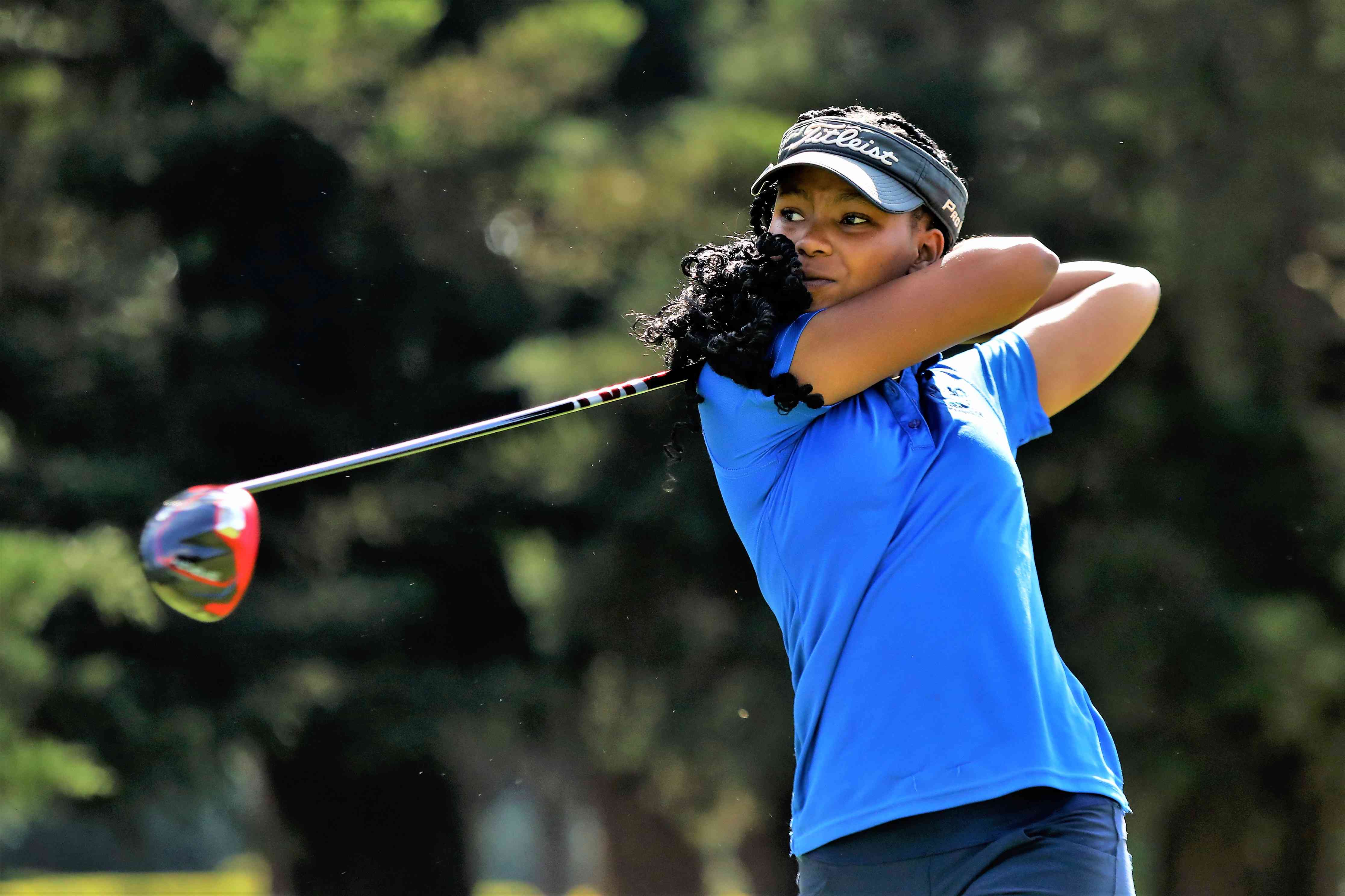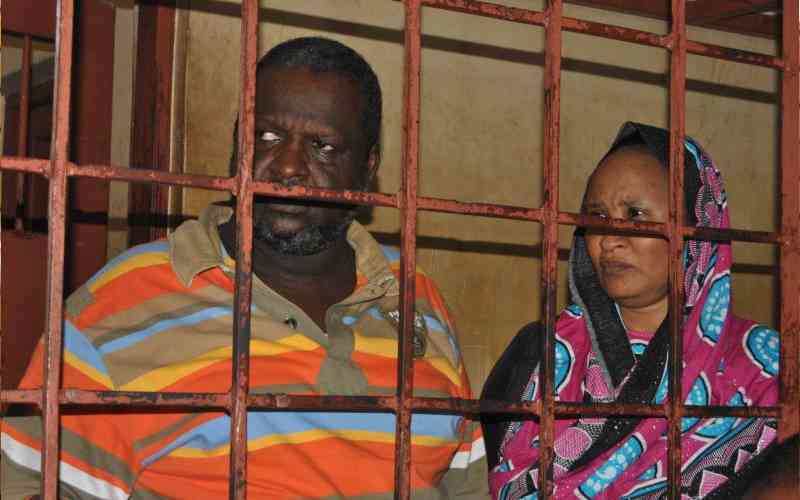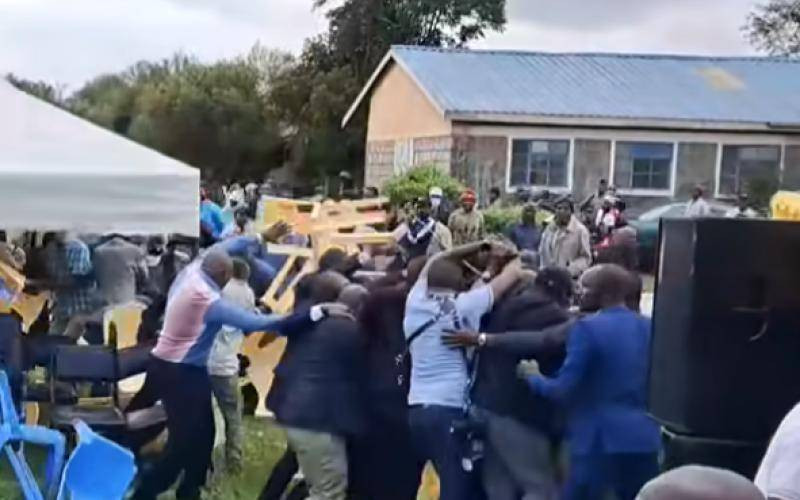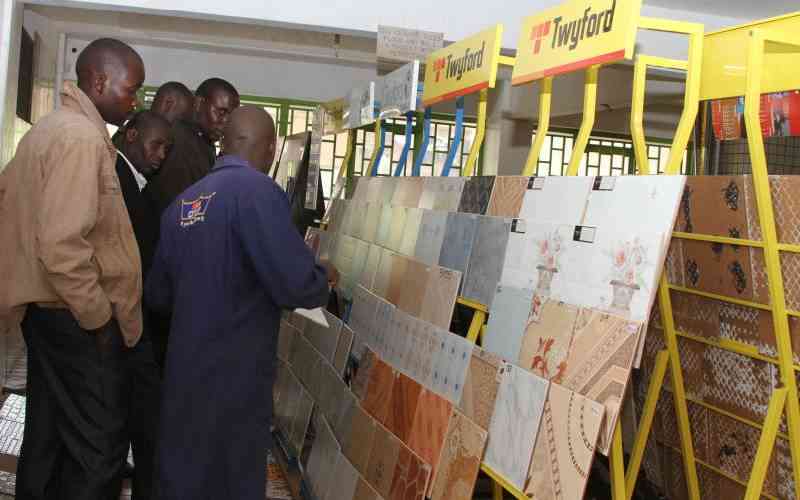Have you ever wondered how athletes can suffer nasty injuries and recover after only a few weeks or months?
Most developed countries in Europe where football is a common sport have advanced technologies that make this possible.
One of the most popular treatments used to treat sports injuries is called growth factor (GF) therapy.
This is a type of regenerative medicine that uses the body’s own cells to promote the healing of wounds, chronic pain degenerative diseases such as arthritis, and other conditions.
Regenerative medicine is a medical technique that deals with replacing or regenerating human cells and tissues or organs to restore or establish normal functioning.
Growth factors are substances produced in the body that stimulate the growth and proliferation of cells involved with inflammation and healing, which aid in the body’s natural ability to repair itself.
Why should you opt for GF?
While doctors in Kenya have been using platelet rich plasma (PRP) technology to treat orthopaedic injuries, the use of growth factor therapy, a more advanced technique, is gaining momentum.
“One of the benefits of this treatment is faster healing time,” says Dr Arshni Malde who operates Tia Clinics, a facility that specialises in growth factor therapy.
“A patient may take up to 12 sessions in PRP but we guarantee full recovery after three sessions.”
Not only does this reduce the discomfort of the patient, but also allows one to go back to their normal life faster.
This therapy regenerates bones and surrounding soft tissues, reducing pain by up to 60-70 per cent.
Apart from being widely applied to treat injuries to the musculoskeletal system, this technique is used in plastic surgeries and cosmetic treatments.
“At our clinic, we use this technique for skin rejuvenation and hair regeneration for people who have scanty hair,” says Arshni.
Other conditions treated by growth factor therapy include knee ligament injuries, tennis elbow, back and neck pain and nerve injuries.
Stay informed. Subscribe to our newsletter
Many patients have also been able to avoid surgeries by using this therapy.
Growth factor therapy is most effectively administered through an injection that is minimally invasive and yields quick results.
It can also be delivered through a cream or gel that’s applied to the wound, incorporated into wound dressings, or through skin grafts.
How it works
Blood is collected and inserted in tubes. It is mixed by inverting and reverting the tubes gently to blend with the growth factor infused gel separator.
After the growth factors are activated, the tubes are centrifuged for 10 minutes to separate the Acellular solution from the rest of the blood.
The next step is the retrieval and accumulation of the growth factors, which are now ready to be injected or administered to the injured part.
 The Standard Group Plc is a
multi-media organization with investments in media platforms spanning newspaper
print operations, television, radio broadcasting, digital and online services. The
Standard Group is recognized as a leading multi-media house in Kenya with a key
influence in matters of national and international interest.
The Standard Group Plc is a
multi-media organization with investments in media platforms spanning newspaper
print operations, television, radio broadcasting, digital and online services. The
Standard Group is recognized as a leading multi-media house in Kenya with a key
influence in matters of national and international interest.
 The Standard Group Plc is a
multi-media organization with investments in media platforms spanning newspaper
print operations, television, radio broadcasting, digital and online services. The
Standard Group is recognized as a leading multi-media house in Kenya with a key
influence in matters of national and international interest.
The Standard Group Plc is a
multi-media organization with investments in media platforms spanning newspaper
print operations, television, radio broadcasting, digital and online services. The
Standard Group is recognized as a leading multi-media house in Kenya with a key
influence in matters of national and international interest.







